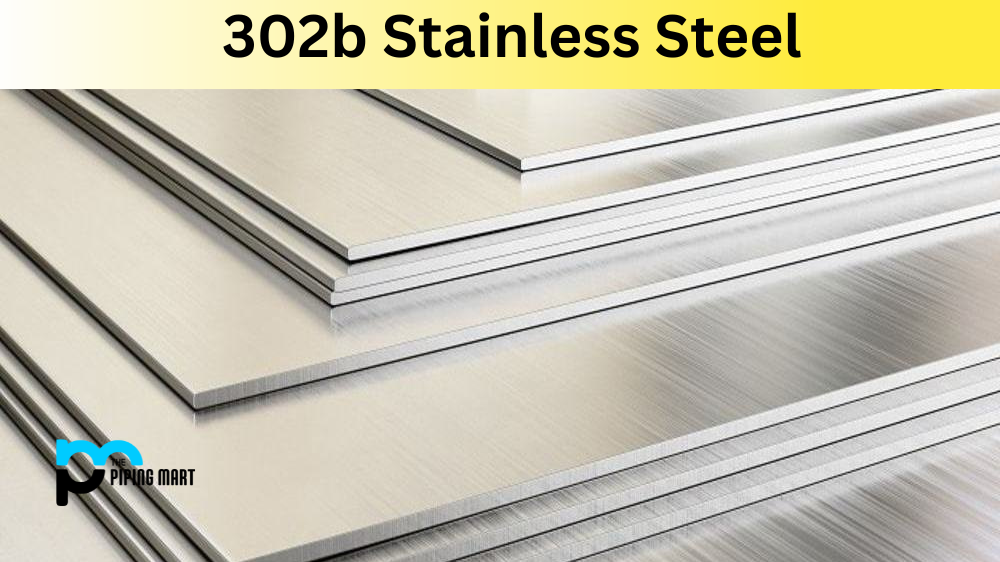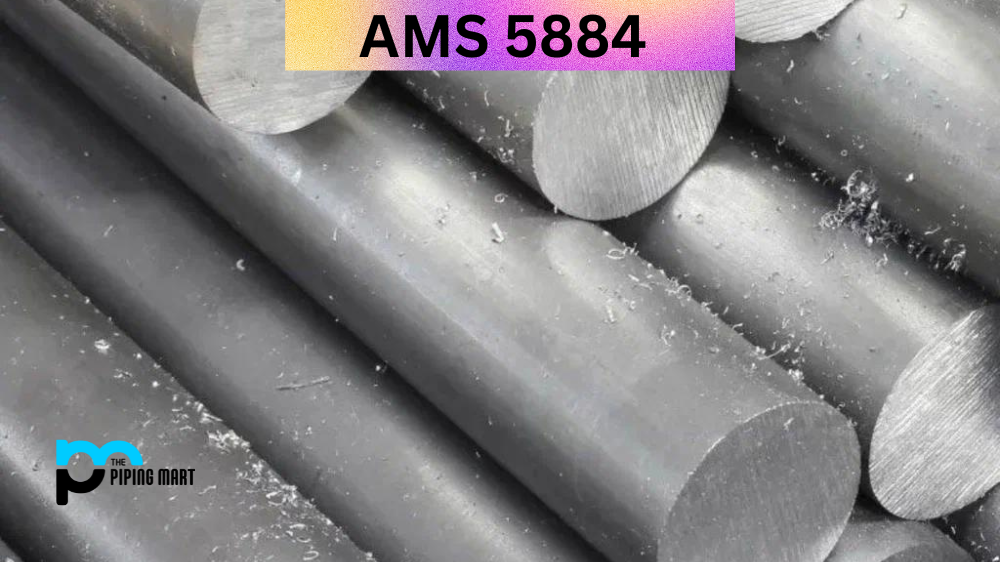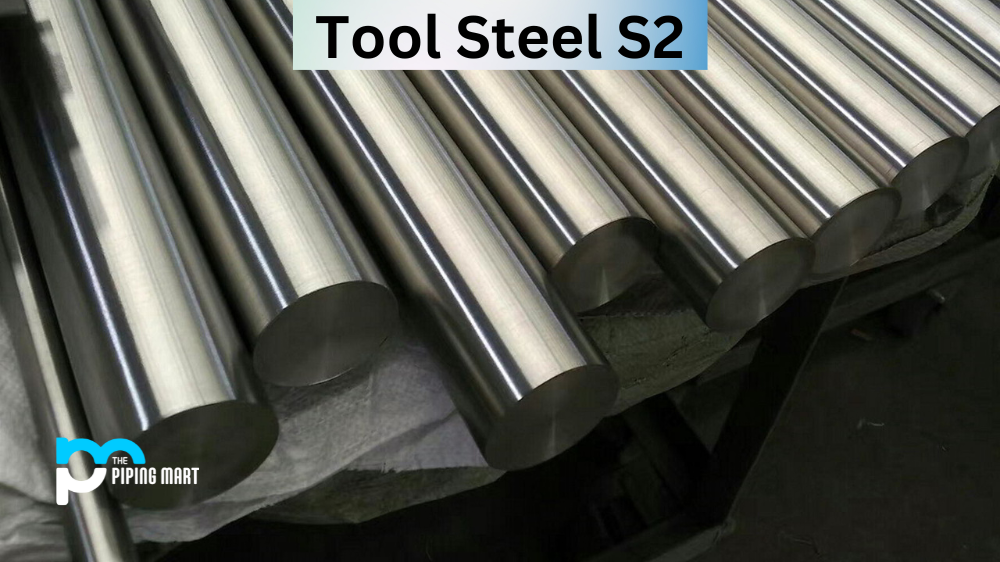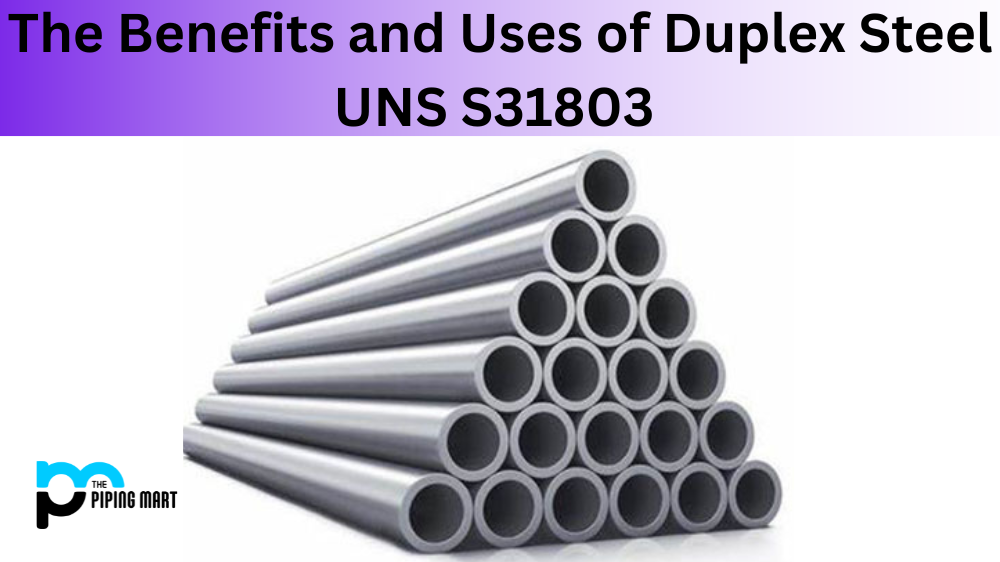Stainless steel is a highly versatile material that is used in a multitude of applications. Among the various types of stainless steel, 302b stainless steel stands out for its exceptional corrosion resistance, high strength, and durability. This blog post will take a comprehensive look at the different aspects of 302b stainless steel. From its composition and mechanical properties to its uses, corrosion resistance, heat treatment, machining, and welding, you will find everything you need to know about this fantastic material.
What is 302B Stainless Steel?
302b stainless steel is a martensitic-austenitic chrome-nickel alloy known for its strength and corrosion resistance. It contains chromium and nickel levels between 18-20% which provide excellent anti-corrosion protection and a high tolerance to oxidation. Additionally, it has superior mechanical properties to other materials, making it ideal for use in various industries such as medical, aerospace and automotive.
302B Stainless Steel Composition
302b stainless steel is austenitic stainless steel that contains 18-20% chromium and 8-10% nickel. It also has small amounts of carbon, manganese, phosphorus, sulfur, and silicon. Adding small amounts of manganese and phosphorus helps enhance its strength and toughness.
| Element | Content (%) |
|---|---|
| Iron, Fe | Balance |
| Chromium, Cr | 17-19 |
| Nickel, Ni | 8-10 |
| Silicon, Si | 2-3 |
| Manganese, Mn | 2 |
| Carbon, C | 0.15 |
| Nitrogen, N | 0.1 |
| Phosphorous, P | 0.045 |
| Sulfur, S | 0.03 |
302B Stainless Steel Mechanical Properties
302b stainless steel is known for its high tensile strength, typically in the 120-140 ksi. It also shows excellent ductility and toughness, making it a popular choice for applications that require high strength and durability. This stainless steel is highly deformation-resistant and can withstand high stress and strain without cracking or breaking.
| Properties | Metric | Imperial |
|---|---|---|
| Tensile strength | 655 MPa | 95000 psi |
| Yield strength (@strain 0.200%) | 275 MPa | 39900 psi |
| Elastic modulus | 195 GPa | 28300 ksi |
| Izod impact (when annealed) | 108 J | 79.7 ft-lb |
| Elongation at break (in 50 mm) | 55% | 55% |
| Hardness, Brinell (converted from Rockwell B hardness) | 147 | 147 |
| Hardness, Knoop (converted from Rockwell B hardness) | 164 | 164 |
| Hardness, Rockwell B | 85 | 85 |
| Hardness, Vickers (converted from Rockwell B hardness) | 169 | 169 |
302B Stainless Steel Physical Properties
302b stainless steel has a density of 7.86 g/cm³ and a melting point of approximately 1400°C. It has a specific heat capacity of 477 J/kg·K and a thermal conductivity of 16.3 W/m·K at room temperature.
302B Stainless Steel Equivalent
- ASTM A167
- ASTM A276
- ASTM A473
302B Stainless Steel Uses
302b stainless steel’s high strength and corrosion resistance make it a popular material for various industrial applications. It is widely used to manufacture springs, coil springs, wire forms, and fasteners. It is also used in producing surgical instruments and medical devices due to its biocompatibility.
302B Stainless Steel Corrosion Resistance
302b stainless steel is highly resistant to corrosion, making it suitable for use across various industries, including the medical and aerospace sectors. It exhibits excellent resistance to pitting, crevice, and stress-corrosion cracking. It is also highly resistant to both organic and inorganic acids.
302B Stainless Steel Heat Treatment
302b stainless steel is typically annealed at temperatures ranging from 1010-1125°C, followed by rapid cooling. This process helps to improve its mechanical properties, including its flexibility, toughness, and corrosion resistance. However, over-annealing can lead to the formation of carbides, which can reduce its corrosion resistance.
302B Stainless Steel Machining
302b stainless steel is relatively easy to machine. Its high flexibility and toughness allow it to withstand the high forces and stresses generated during machining. However, due to its high work hardening rate, sharp tools and proper lubrication are required to prevent tool wear and damage.
302B Stainless Steel Welding
302b stainless steel can be welded using different welding techniques, including TIG, MIG, resistance, and plasma welding. However, preheating and post-weld heat treatment are recommended to minimize the formation of carbides and improve their corrosion resistance.
Conclusion
302b stainless steel is a highly versatile material with exceptional strength, durability, and corrosion resistance. Its unique properties make it synonymous with high-performance applications across various industries, including medical and aerospace. Understanding this special material’s composition, mechanical and physical properties, heat treatment, machining, and welding can help you decide when choosing the suitable stainless steel material for your next project.





